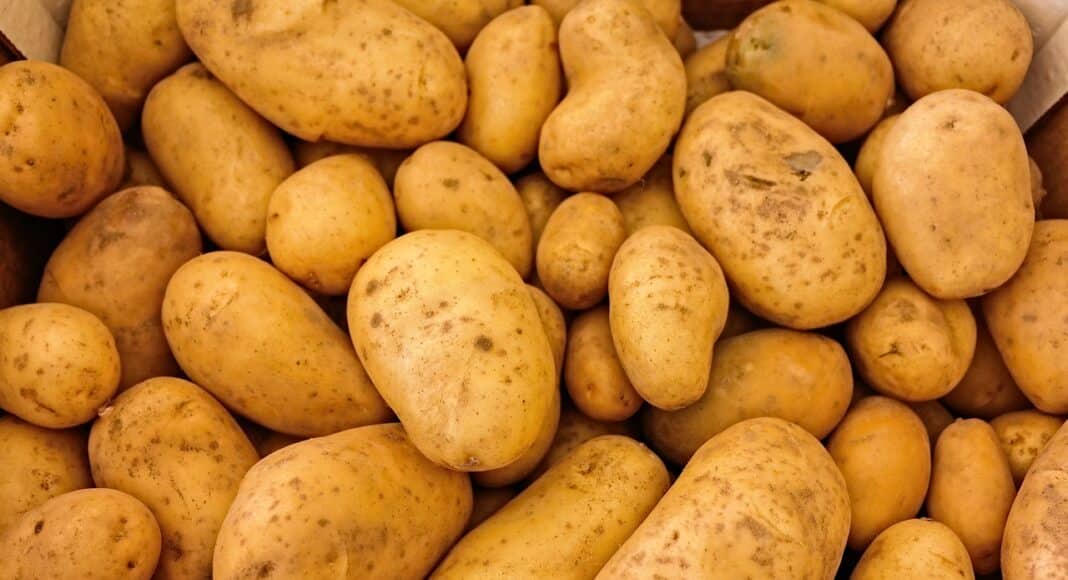As a potato farmer, you can no doubt attest to the insatiable appetite of the potato for nutrients, particularly potassium. Unfortunately, several misunderstandings about nutrients make nutrient uptake a challenge in modern farming, leading to quality issues.
Understanding the need for healthy soil with good nutrient levels is the first step to cultivating a quality crop in 2024.
Soil type matters. We often cultivate potatoes in sandy soils, which lack the capacity to provide the necessary amount of potassium during the crucial bulking stage. To address this deficiency, I often recommend heavy applications of potassium fertilizers, ensuring that the plant receives the essential nutrients it craves.
The significance of potassium extends beyond mere nutrient demand. It plays other roles, including the quality of potatoes for frying, storability, and moisture regulation. Moreover, potassium is essential for the plant’s ability to harness sunlight through photosynthesis, converting it into the starches that contribute to the potato’s nutritional content.
Potassium is a crucial nutrient, but it’s not everything. Having said the above, it’s crucial to understand that in addition to potassium, the inclusion of synergistic nutrients like boron is important. Boron not only supplements the overall nutrient profile but also aids in retaining potassium within the plant.
This is where soil health begins to play a role.
Soil health is a critical factor in growing a successful potato crop. Sandy soils, coupled with the less efficient root system of potatoes, necessitate maintaining higher nutrient levels in the soil. With less than a 40% nutrient use efficiency, ensuring these higher levels becomes imperative to avoid issues during peak demand times.
Even though it is possible to grow potatoes with lower nutrient levels, the compromise often manifests in poor quality. Undesirable frying characteristics can result, rendering the harvest less valuable. Therefore, tracking quality throughout the season is essential, starting with soil tests and the use of in-season plant analysis to identify hidden nutrient deficiencies proactively.
Being proactive involves measures like topdressing or foliar feeding to meet critical demand times in the potato’s lifecycle. Neglecting these demands could lead to issues such as sugar ends during frying, a consequence of high reducing sugars.
The success of growing high-quality potatoes hinges on a thorough understanding of nutrient dynamics, vigilant in-season management, and a commitment to addressing soil health. There’s a crucial relationship between nutrient levels and crop quality, ensuring that each stage of the potato’s lifecycle receives the attention it deserves.
Ensuring adequate nutrient levels ensures healthy, strong plants that are better able to produce quality tubers and ensures a more profitable season for 2024.








